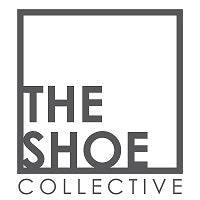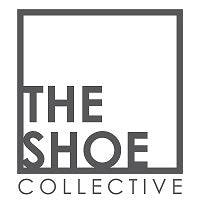How to Choose Running Shoes for Women
Key Takeaways
| Factor | Why It Matters | What to Look For |
|---|---|---|
| Foot Type & Gait | Determines necessary support & stability | Neutral, overpronation, underpronation styles |
| Running Terrain | Impacts grip, cushioning, and shoe construction | Road, trail, treadmill-specific designs |
| Cushioning & Support | Affects comfort and injury prevention | Lightweight vs. maximal cushioning |
| Fit & Size | Prevents blisters and toe injuries | Snug heel, roomy toe box, thumb-width space |
| Shoe Lifespan | Ensures consistent performance | Replace every 300–500 miles |
| Personal Preferences | Influences motivation and satisfaction | Style, brand loyalty, eco-friendly options |
Understanding Your Foot Type and Gait
Before picking a running shoe, it’s crucial to know your foot type and gait. These determine how your feet move when running and what kind of support you need. There are three primary gait types:
-
Neutral Pronation – Your foot rolls slightly inward, distributing weight evenly.
-
Overpronation – Your foot rolls too far inward, which can lead to instability or injury.
-
Underpronation (Supination) – Your foot rolls outward, often requiring extra cushioning.
🔍 Pro Tip: Most running stores offer gait analysis — a quick test that helps identify your running style and foot mechanics.
Matching the Shoe to Your Terrain
Different environments require different shoe designs:
-
Road Running Shoes: Built for flat, even surfaces with focus on breathability and lightweight cushioning.
-
Trail Running Shoes: Designed for off-road paths, offering better grip, reinforced toe caps, and water-resistant materials.
-
Treadmill Running Shoes: Lightweight and cushioned for repetitive indoor strides.
Choosing shoes tailored to your running environment can greatly enhance comfort and performance.
Cushioning and Support: Finding the Right Balance
When it comes to comfort, cushioning and arch support are non-negotiable. The right amount of cushioning depends on your personal preferences, weight, and distance covered.
| Cushion Level | Best For | Benefits |
|---|---|---|
| Minimal Cushion | Short-distance runners | Lightweight feel, better ground contact |
| Moderate Cushion | All-purpose runners | Balanced comfort and responsiveness |
| Max Cushion | Long-distance or recovery runs | Superior shock absorption, soft ride |
Also, check for arch support that matches your foot structure: low, medium, or high arches.
Ensuring the Perfect Fit
A shoe that doesn’t fit right can cause blisters, black toenails, or worse — chronic pain. When trying on running shoes:
-
Leave about a thumb’s width of space between your longest toe and the shoe front.
-
Ensure the heel locks in snugly with no slipping.
-
Check for a roomy toe box to allow natural toe splay.
-
Try them on later in the day, when your feet are slightly swollen from walking — just like they would be during a run.
When to Replace Your Running Shoes
Even the best running shoes don’t last forever. Most shoes should be replaced every 300–500 miles, depending on the surface and your running style.
Common signs it’s time to replace your shoes:
-
Outsole tread is worn down
-
Midsole feels flat or less responsive
-
Uneven wear on the sole
-
New aches or injuries appearing during runs
Keeping track of your mileage with a running app can help you stay ahead of worn-out footwear.
Don’t Forget Personal Preference
Function matters, but don’t overlook style, brand, and values:
-
Some runners swear by certain brands due to fit consistency.
-
Others prefer shoes made with sustainable materials.
-
And of course, if you love how your shoes look, you're more likely to use them consistently.
Your running shoes should not only perform but inspire you to lace up and go.
Where to Find the Best Women’s Running Shoes
Looking for a curated collection of top-rated women’s running shoes?
🛍️ Explore performance-driven options for women designed for all terrains and experience levels.
From trail-ready durability to lightweight road runners, there's a shoe for every stride.
Final Thoughts
Choosing the right running shoes is about more than size and color — it’s about understanding your feet, your goals, and your terrain. With the right pair, you can improve performance, reduce injury risk, and make running something to look forward to.





